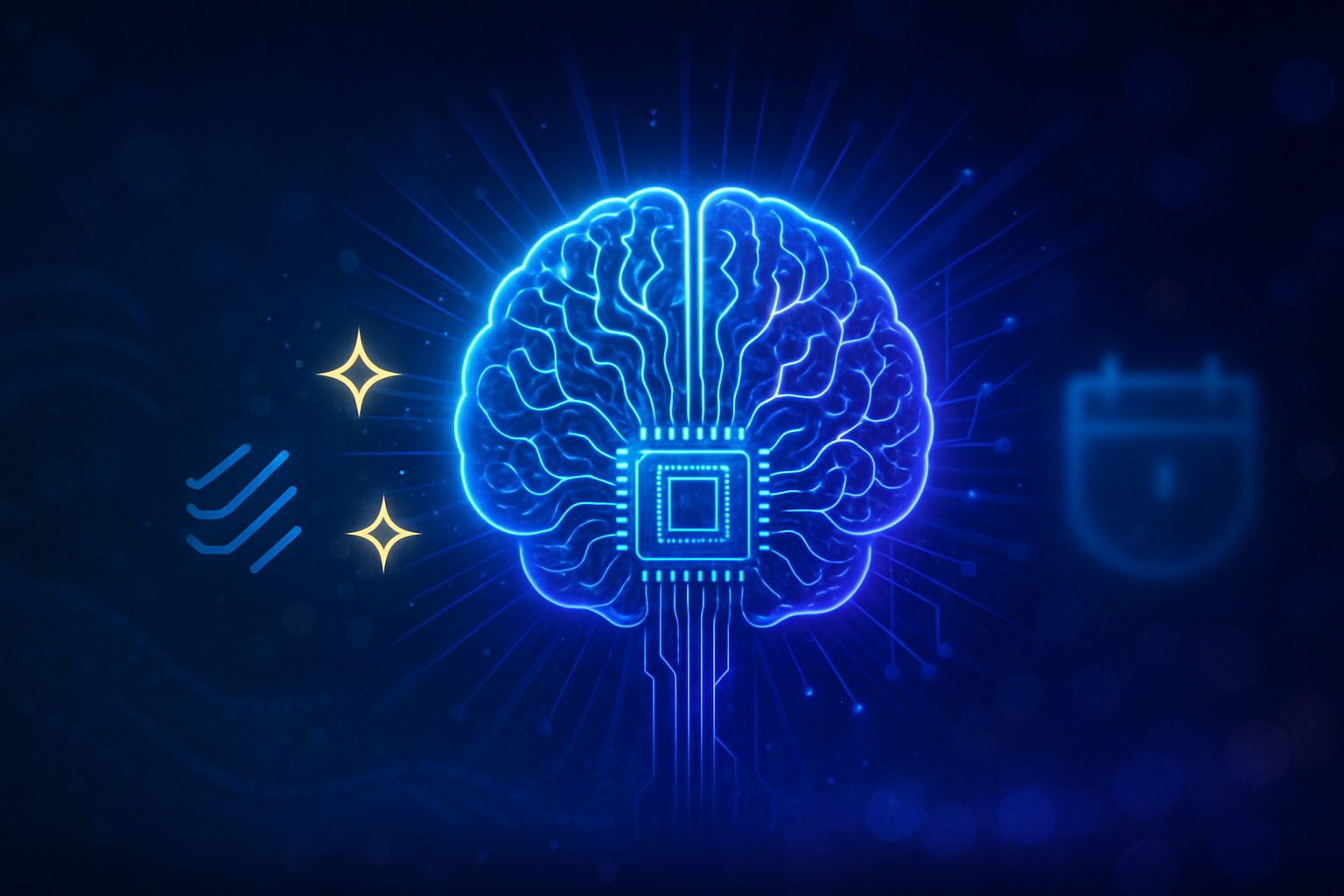The anticipation around GPT 5 is immense. After the explosion of ChatGPT and the transition from GPT-3.5 to GPT-4, all eyes are now on the next iteration from OpenAI. This article provides a structured analysis: public facts, plausible rumors, technical innovations, and concrete impact for companies using generative AI on a daily basis.
What is GPT 5 and why is it making so much noise?
The legacy of GPT-4
GPT-4 raised the bar with multimodality (text, image, voice) and clear improvements on benchmarks, but some limitations remained: factual “hallucinations,” sometimes fragile reasoning on multi-step tasks, and limited session memory. Early public presentations of GPT 5 according to Ars Technica point to a strong focus on reliability and unifying capabilities (conversation, reasoning, tools, multimodal).The most persistent rumors
Several converging signals, reported by Reuters and analyzed by Revolgy, mention: a release window during 2025, substantial progress in problem-solving, and improvements in alignment and safety before general availability. These elements remain dependent on safety validations and load testing.The expected new features in GPT 5: revolutionary capabilities?
Pushed multimodality to the extreme
The gpt 5 family aims to smooth the transition between text, image, audio, and even video within the same thread. Frequently cited examples include: generating a video synopsis from a text brief, summarizing an audio meeting with action item extraction, or describing trends from an imported table or chart. Specialized media such as Geeky Gadgets also mention a more “native” integration of video and automatic routing of capabilities depending on the task.Improved reasoning and logic
Expectations focus on a significant reduction in factual errors and better handling of long reasoning chains. According to Ars Technica, OpenAI is introducing variants and simulated “reasoning” modes to improve logical consistency and answer robustness, particularly in mathematics, coding, and analyses requiring multiple steps.Personalization and long-term memory
A more persistent and better-controlled memory is among the key expectations: the goal is to offer a truly personalized experience, while remaining compliant with safety and privacy requirements. Under the hood, this could rely on expanded context windows and more reliable history recall mechanisms.Key takeaway: gpt 5 aims for a more unified experience (text/voice/images/video), more reliable reasoning, and enhanced personalization, while reducing hallucination rates and increasing transparency on limitations.
Release date and impact on the AI market
What is the release window?
Reuters reported in early August 2025 that a launch was imminent, and technical media such as Ars Technica detailed a gradual rollout based on access tiers (free users, Plus/Pro/Team/Enterprise, then API). OpenAI notes that this schedule depends on safety validations (“red teaming,” assessments of potential abuse) and infrastructure stability.Impact on developers and businesses
For developers, the first public fact sheets mentioned by specialized media describe extended contexts, an API consolidated into model families, and new commands: “free-form” function for tool usage without strict JSON, verbosity control, and “reasoning effort” adjustment. For businesses, gpt 5 promises to accelerate time-to-value: interface generation, automation of complex tasks (agents), improved customer support, automated marketing, industry-specific copilots, and even data analysis. For a pragmatic overview of ecosystem expectations and rumors, see the analysis by Revolgy.Concrete use cases
- Marketing & content: briefs, scripts, message variations, video summaries, multilingual localization.
- Customer service: contextualized responses, image understanding (screenshots), routing of complex requests to humans.
- Software development: UI generation, end-to-end code task completion, architecture review.
- Data analysis: insight extraction from tables, PDFs, and long presentations thanks to extended contexts.
- Training: multimodal tutors combining text, audio, and video for richer support.
